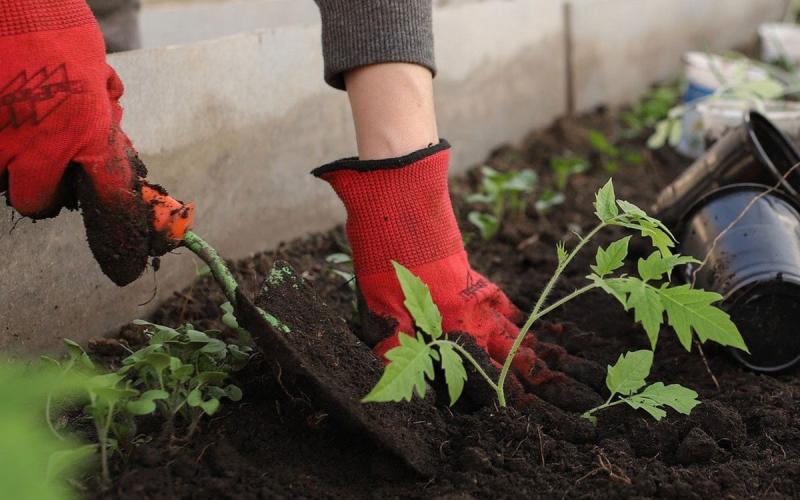Written by Buyung Hadi, former SDSU Extension Pesticide Applicator Training & Urban Entomology Specialist.
Two types of beetles are increasingly common on vegetable garden this time of the year. Interestingly enough, one is a predator that helps out gardeners getting rid of pestiferous insects while the other is a pest busily munching on the foliage. The ladybeetles are the predators and Colorado potato beetle is the pest. It is important to differentiate the two to take proper action. The two beetles’ lifecycles are similar. They undergo changes from eggs, larva, pupa into adult. Below is a comparison on each life stages of the two beetles. The pictures on the left represent ladybeetles’ life stages and the ones on the right are those of Colorado potato beetle.
Ladybeetles vs. Colorado Potato Beetles
Eggs
Both ladybeetles (Figure 1-A) and Colorado potato beetle (Figure 1-B) lay eggs in a batch. It is difficult to differentiate the eggs. Usually, ladybeetles lay their eggs around aphid or scale colonies. Aphids and scales are the food source for hatching ladybeetle larvae.

Larvae
Ladybeetle larvae are purplish in color with yellow stripes and black dots (Figure 2-A). They actively search and feed on aphids and scales. Colorado potato beetle larvae have brown abdomen and black heads (Figure 2-B). The later stage larvae of Colorado potato beetles clearly show black dots on the sides of the abdomen. The larvae of Colorado potato beetle feed on plant foliage.

Pupa
The Colorado potato beetle larva is easily confused with Ladybeetle pupa. Ladybeetle pupa (Figure 3-A) is stationary since one end of the body is glued to the leaf surface. It has a ‘reflex’ snapping movement when disturbed but it won’t move forward or backward. Colorado potato beetle larva (Figure 3-B), on the other hand, will try to move forward or backward when disturbed.

Adults
Adult ladybeetles (Figure 4-A) have a wide range of color and size variation depending on the species. Colorado potato beetle adults (Figure 4-B) have rounded backs with characteristic yellow and black linear markings.



